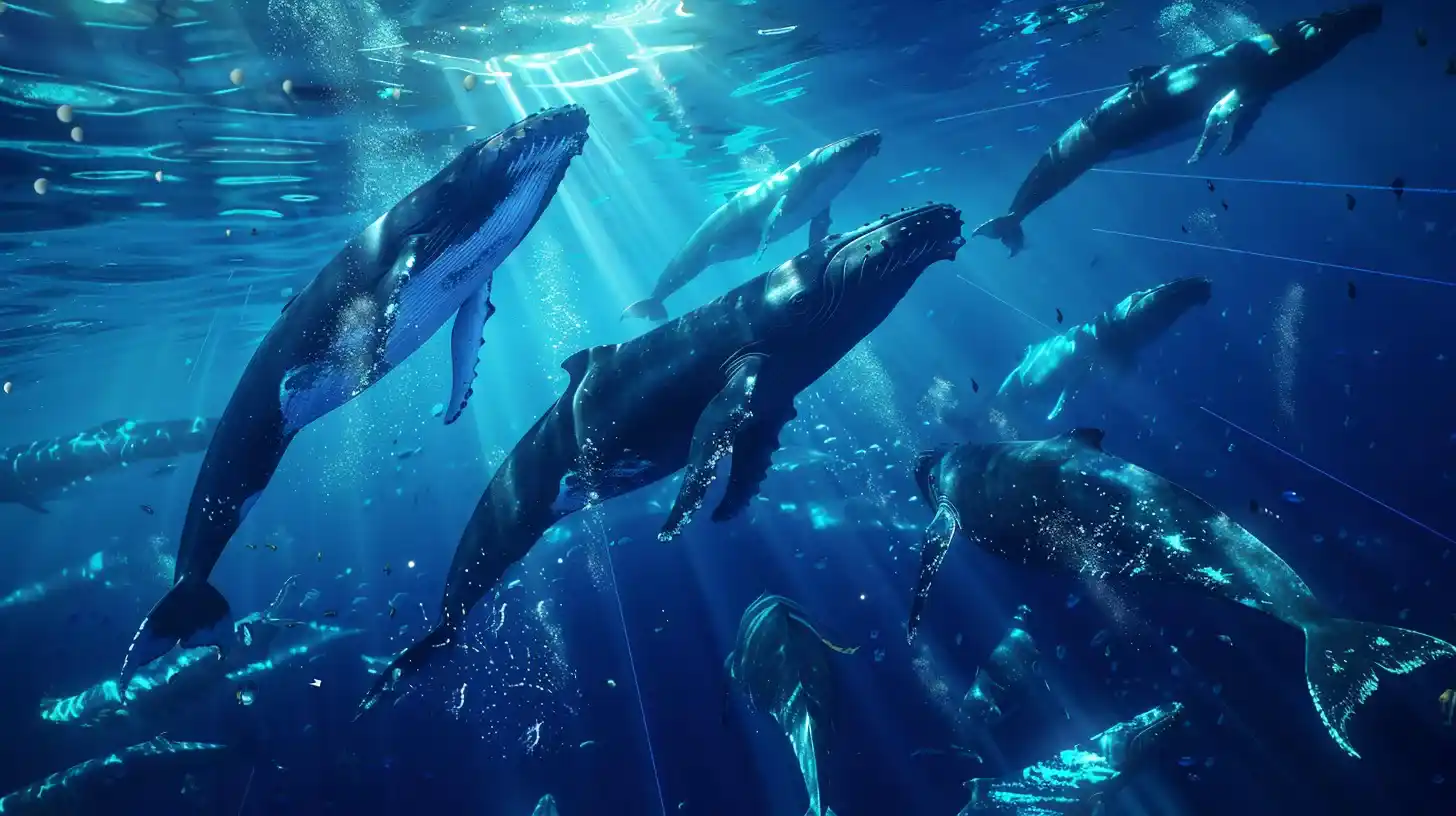Table of Contents
AI photo-scanning tool: A new study has revealed that the population of humpback whales in the North Pacific Ocean has declined by 20% in the last decade, possibly due to a climate change-induced heat wave. The study, published in Royal Society Open Science, used an AI photo-scanning tool similar to facial recognition to analyze more than 200,000 photographs of humpback whales taken between 2001 and 2022.
How the AI photo-scanning tool works
The AI photo-scanning tool was trained to spot and recognize unique identifiers on a whale’s dorsal fin, such as marks, scars, pigmentation, and size. These identifiers act like whale fingerprints and allow researchers to identify individual whales and track their movements and numbers over time.
The photographs of the whale tails were collected by scientists and whale watchers, who uploaded them to a nonprofit database called HappyWhale. HappyWhale is the “largest individual identification resource ever built for marine mammals” and encourages “citizen scientists” to contribute to whale research and conservation.

Before using the AI photo-scanning tool, researchers had to manually compare whale tail photographs and look for matches, which was a tedious and time-consuming process. The AI photo-scanning tool speeds up the process and provides more accurate and timely information.
“Having an algorithm like this dramatically speeds up the information-gathering process, which hopefully speeds up timely management actions,” said Philip Patton, a University of Hawaii at Manoa Ph.D. student who has worked with the tool, in a previous interview with Spectrum News.
What the AI photo-scanning tool reveals
The study found that the population of humpback whales in the North Pacific Ocean peaked in 2012 at around 33,488, after recovering from the brink of extinction due to commercial whaling, which was banned in 1982. The humpback whales were even removed from the endangered species list in the US in 2016.
However, the study also found that the population of humpback whales declined by 20% from 2012 to 2021, reaching 26,662. The researchers attributed this decline to a record heat wave that occurred in the North Pacific Ocean from 2013 to 2016, which was linked to climate change.
The heat wave caused rising sea surface temperatures and reduced nutrient-rich water, which in turn led to lower phytoplankton biomass. Phytoplankton are the base of the marine food chain and provide food for krill and other prey that humpback whales feed on. The researchers suggested that the heat wave disrupted the food availability and quality for the humpback whales, affecting their survival and reproduction.

The researchers also considered other factors that could affect the humpback whale population, such as ship collisions and entanglements, but they concluded that these factors could not explain the entire decline. They warned that the heat wave may have “altered the course of species recovery” and called for more monitoring and conservation efforts.
Other applications of the AI photo-scanning tool
The AI photo-scanning tool is not only useful for studying humpback whales but also for other animals that have distinctive features that can be captured by photographs. Scientists have used similar image detection algorithms to research the populations of cows, chickens, salmon, and lemurs, among other species.
The AI photo-scanning tool can also be used for other purposes besides conservation and population estimation. For example, some researchers have used the technology to analyze the facial expressions of domesticated sheep to determine if they felt pain in certain situations. Others have used photo-matching software to try and find missing pets.
The AI photo-scanning tool is a powerful and innovative tool that can help researchers and conservationists understand and protect wildlife better. However, it also poses some ethical and social challenges, such as the privacy and security of the data, the accuracy and bias of the algorithms, and the impact of the technology on human-animal relationships.
These challenges need to be addressed and balanced with the benefits of the tool for the sake of the animals and the environment.